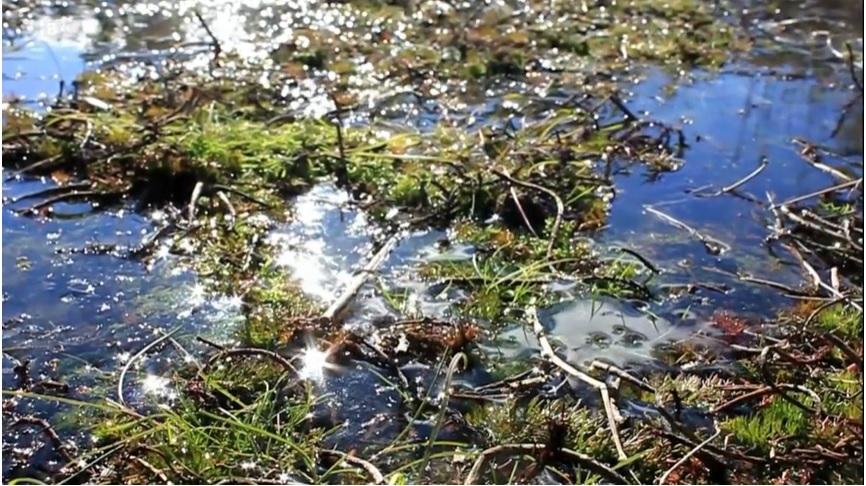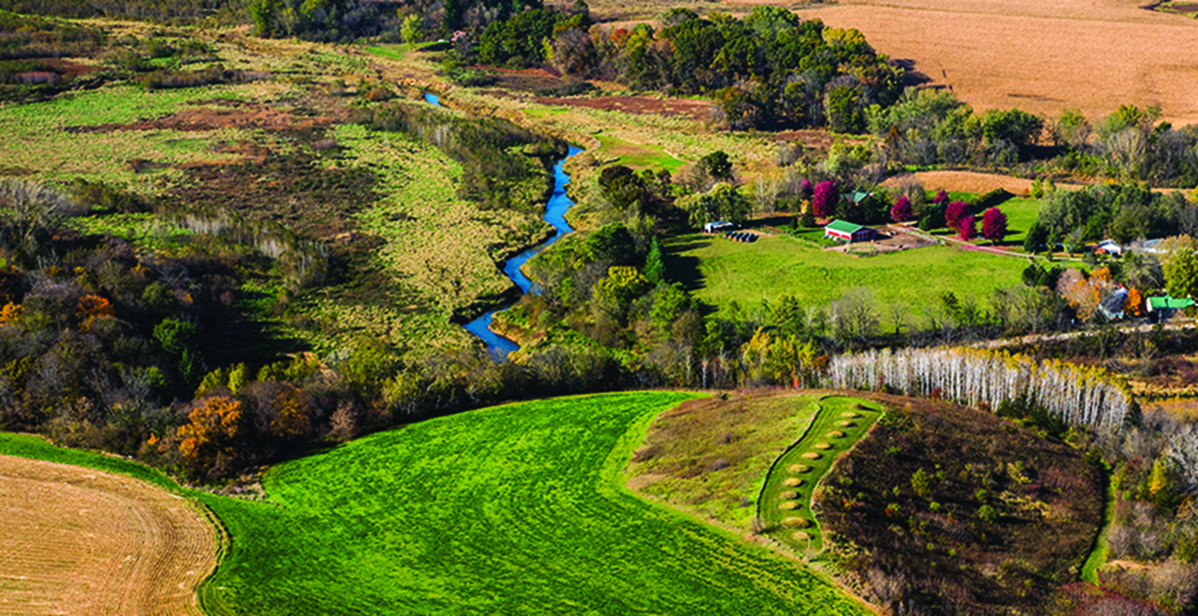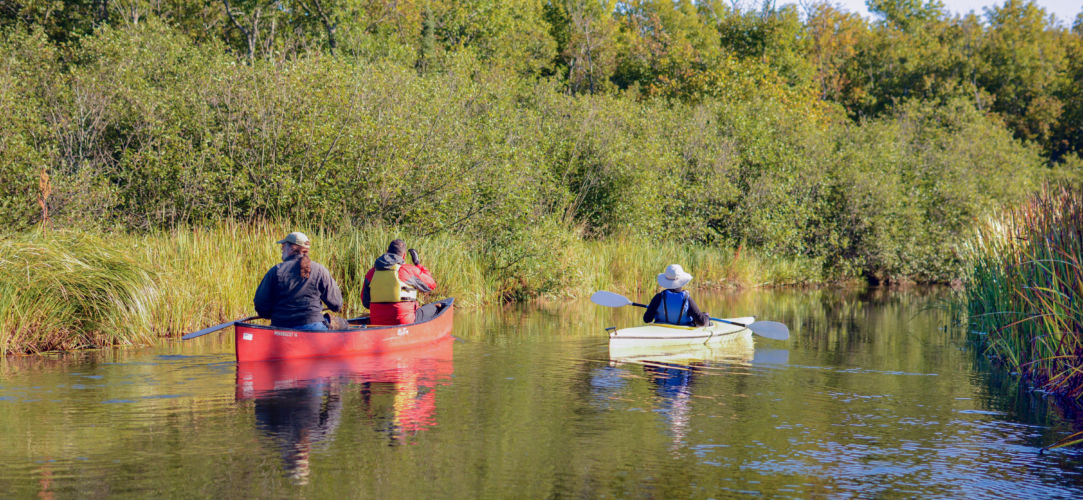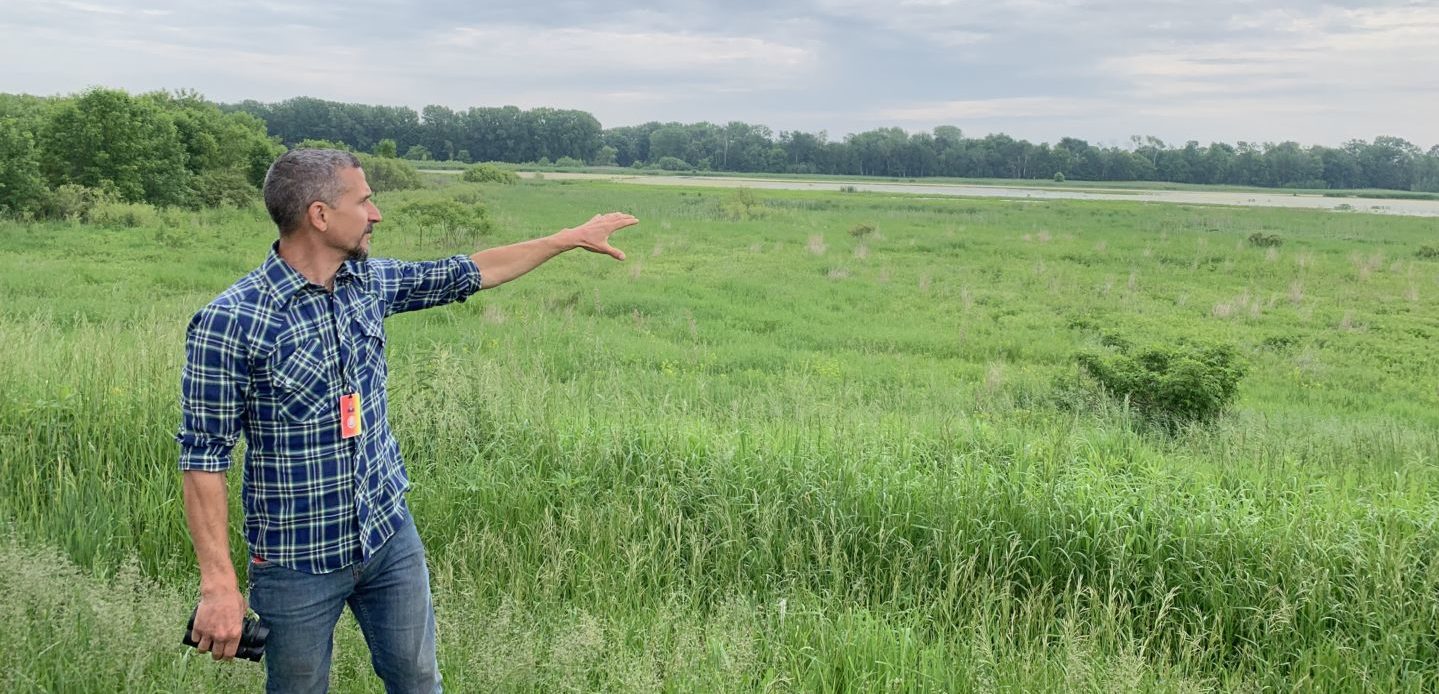By Tracy Hames, Executive Director of WWA
I was transported back in time the other day as I viewed a video about a large wetland restoration project in Australia that involved re-hydrating a site that had been drained 150 years earlier. I’ve seen a lot of wetland restoration videos in my day, but this video had something you don’t normally see.
What caught my eye was just a few seconds of footage showing close-up what it looks like when dry land is being re-wetted (between 1:28 and 1:35). And just like a smell can trigger memories, this short scene flooded my mind with the memories from my restoration experiences.
The re-wetting process is one of the final steps in wetland restoration, following months (or years) of preparation. Securing and protecting land. Assembling interdisciplinary planning teams. Assessing sites. Developing restoration plans. Obtaining permits. Signing contracts. Establishing monitoring protocols. Physically working the land. All of this activity leads to the moment of re-wetting, when that dry land finally receives hydration.
Re-wetting may involve a levee breach, tile removal, ditch fill, or other actions. It may involve groundwater rising back to the surface, surface flow reconnecting to the site, or both. The moment of truth involves water slowly moving into and across the parched land. Inch by inch, cool, clear water creeps in, entering cracks in the soil, filling small depressions, floating leaves and other vegetation, and turning hard ground into mud. Insects sometimes flee ahead of the inundations. Sometimes shorebirds are attracted to these hours-old mud flats. And many times, frogs and salamanders end up using these areas to lay eggs and raise their young.
If you’ve never experienced the moment of re-wetting during a wetland restoration project, I highly recommend you seek it out. These are moments of great joy. And these moments are not the end, they’re the beginning. Successful wetland protection, restoration, and care is a journey. A journey that starts with the water. Establishing proper hydrology early on is crucial to making our work successful.
Wetland restoration work is not always fun or easy, but when we experience the joy of water moving back across the land, all the hard work is worth it. So, thank you for all you do for the wetlands of Wisconsin.
Developing a shared understanding of watershed-based hydrologic restoration
Fixing the water: Community-led watershed-based hydrologic restoration in Wisconsin




